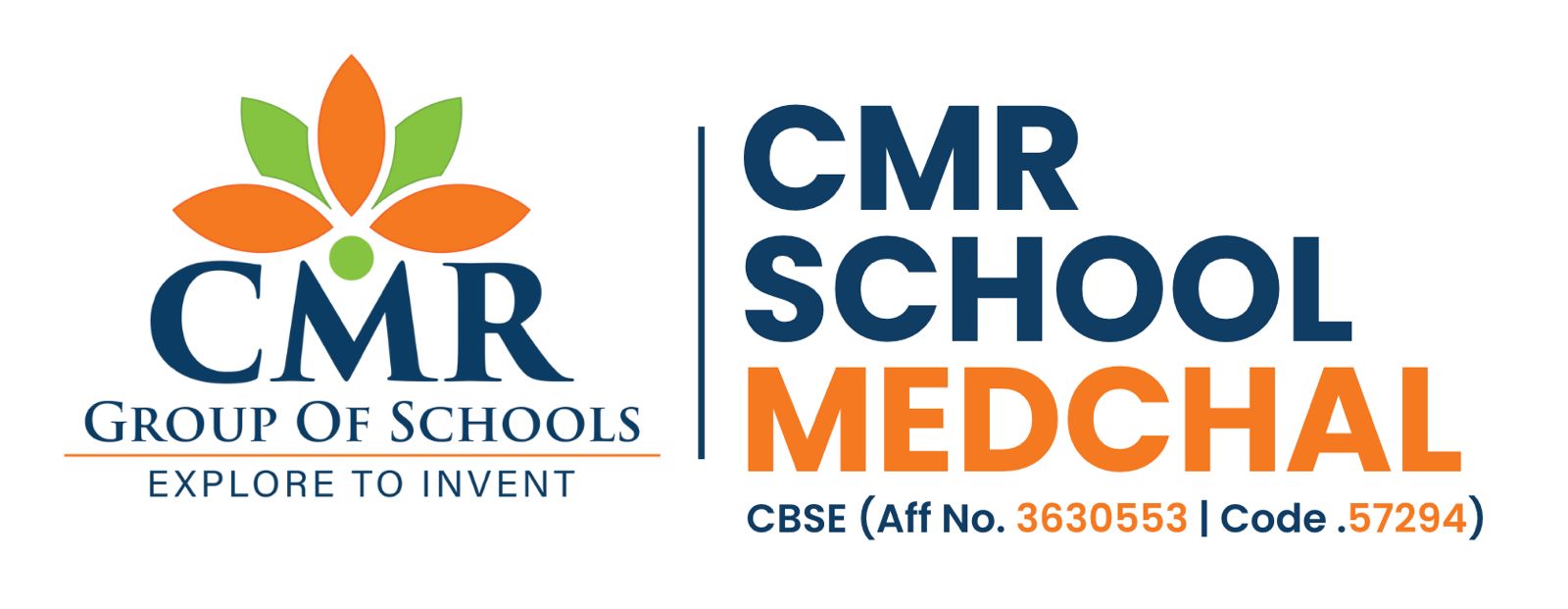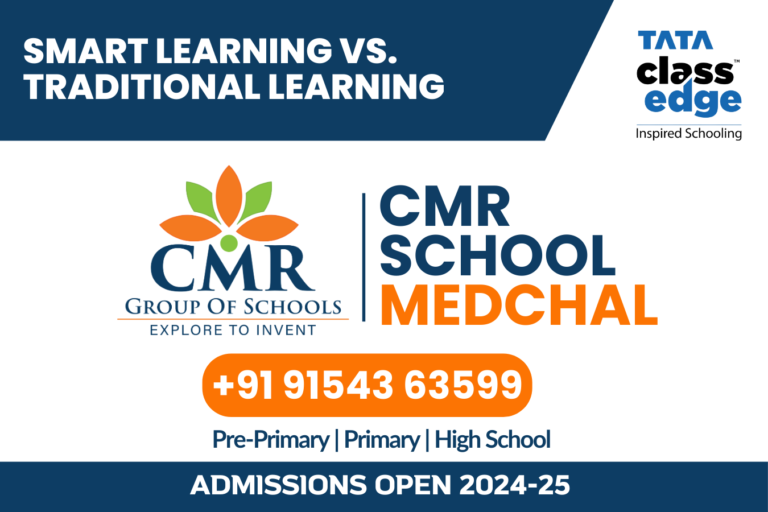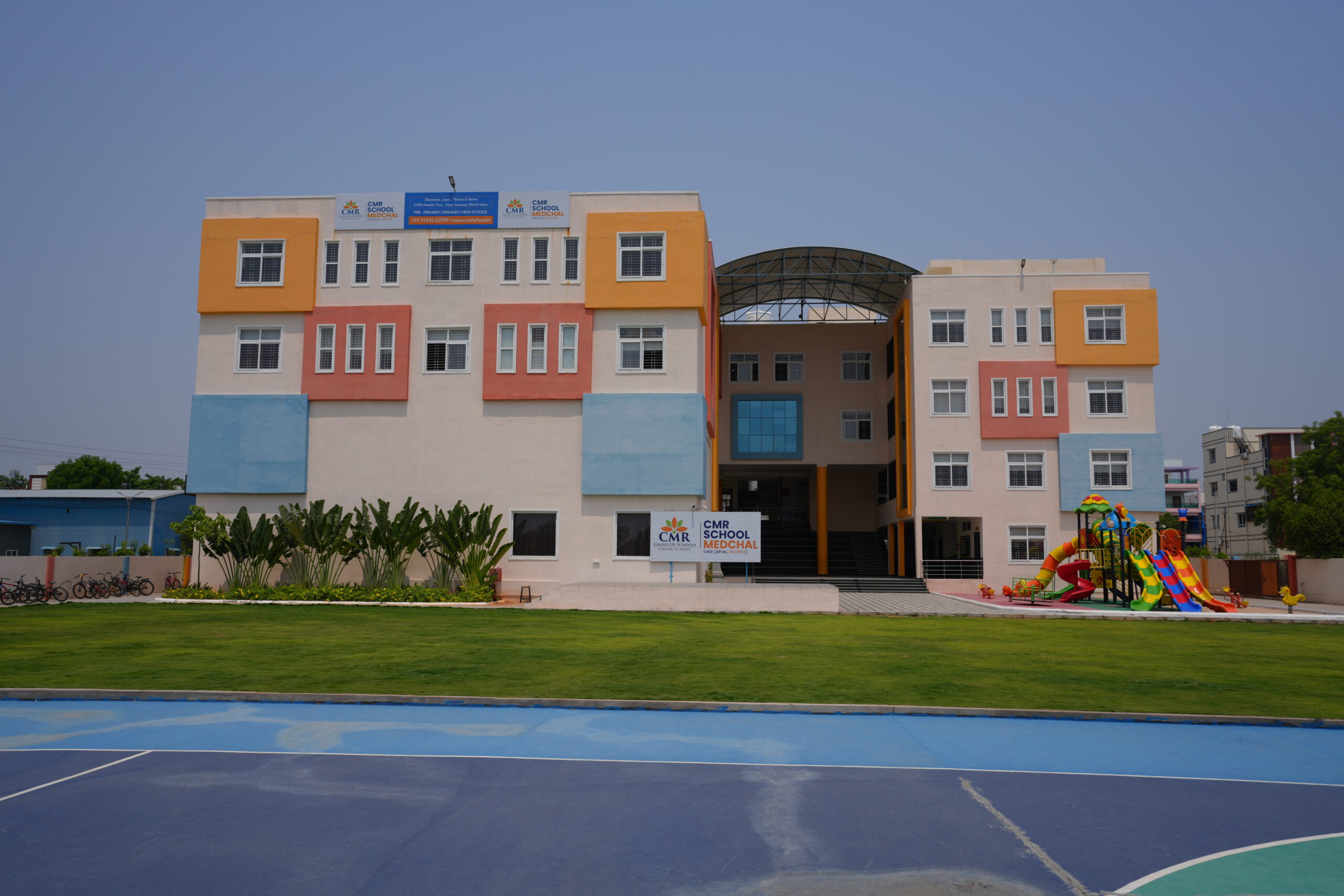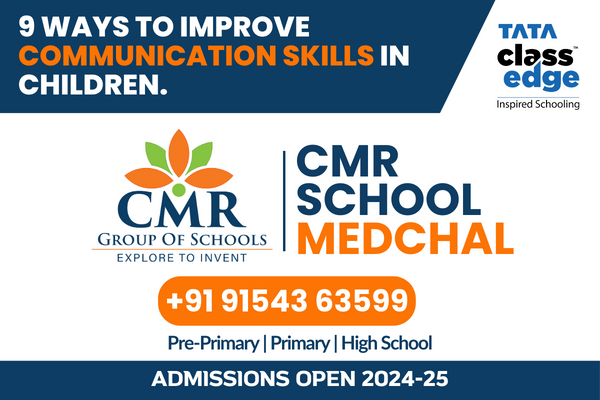Smart-learning-vs-traditional-learning
In the realm of education, the debate between smart learning and traditional learning continues to spark discussions among students, parents, and educators alike. At CMR School Medchal, we understand the importance of staying abreast of modern educational methodologies while also valuing the foundations of traditional learning. Let’s delve into this comparison and explore the merits of each approach.
Table of Contents
| Sr.no | Headings |
|---|---|
| 1 | Understanding Smart Learning and Traditional Learning |
| 2 | Benefits of Smart Learning |
| 3 | Advantages of Traditional Learning |
| 4 | Integration of Smart and Traditional Learning |
| 5 | Personalized Learning Experience |
| 6 | Enhanced Engagement and Interactivity |
| 7 | Accessibility and Flexibility |
| 8 | Critical Thinking and Problem-Solving Skills |
| 9 | Customization and Adaptability |
| 10 | Preparation for Future Challenges |
| 11 | Conclusion |
1. Understanding Smart Learning and Traditional Learning
Key Points: Define smart learning as an innovative approach leveraging technology for education and traditional learning as the conventional classroom-based method.
2. Benefits of Smart Learning
Key Points: Discuss advantages such as interactive multimedia content, instant feedback, and accessibility to vast online resources.
3. Advantages of Traditional Learning
Key Points: Highlight benefits like face-to-face interaction, peer collaboration, and the nurturing of social skills.
4. Integration of Smart and Traditional Learning
Key Points: Advocate for a blended learning approach that combines the strengths of both methodologies to optimize student learning outcomes.
5. Personalized Learning Experience
Key Points: Explore how smart learning platforms can tailor educational content to individual student needs and preferences.
6. Enhanced Engagement and Interactivity
Key Points: Illustrate how interactive elements in smart learning environments captivate students’ attention and promote active participation.
7. Accessibility and Flexibility
Key Points: Examine how smart learning technologies enable learning anytime, anywhere, catering to diverse student schedules and preferences.
8. Critical Thinking and Problem-Solving Skills
Key Points: Emphasize the importance of traditional learning methods in fostering analytical thinking and real-world problem-solving abilities.
9. Customization and Adaptability
Key Points: Discuss the adaptability of smart learning platforms to accommodate diverse learning styles and pace of learning.
10. Preparation for Future Challenges
Key Points: Argue that a combination of smart and traditional learning equips students with the skills and knowledge needed to thrive in a rapidly evolving world.
11. Conclusion
In conclusion, the debate between smart learning and traditional learning is not about choosing one over the other but rather embracing the strengths of both approaches. At CMR School Medchal, we advocate for a balanced integration of smart technologies and traditional teaching methodologies to provide students with a comprehensive and effective learning experience.
Frequently Asked Questions (FAQs)
Q: Is smart learning replacing traditional classrooms entirely?
A: Not necessarily. While smart learning technologies are transforming education, traditional classrooms still play a vital role in student development.
Q: How can parents support their children in a smart learning environment?
A: Parents can encourage active engagement, provide a conducive learning environment at home, and stay involved in their child’s education.
Q: Are smart learning platforms accessible to all students, including those with disabilities?
A: Efforts are being made to ensure inclusivity in smart learning platforms, with features such as screen readers and accessibility options for students with disabilities.
Q: Can traditional teaching methods adapt to incorporate smart learning technologies?
A: Absolutely. Many educators are integrating smart technologies into their classrooms to enhance teaching and learning experiences while retaining the essence of traditional methods.
Q: How can schools find the right balance between smart and traditional learning?
A: Schools can conduct thorough research, seek input from educators, students, and parents, and implement a flexible approach that meets the needs of all stakeholders.






